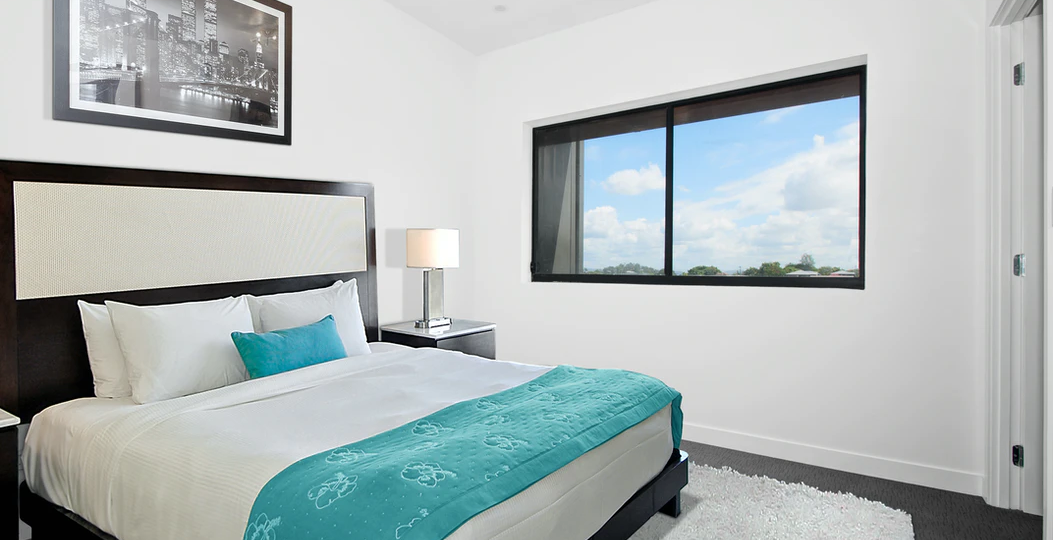Get funding for your startup in Canada - SR&ED

This is the second entry in our blog series about Funding. In this series, we will look at different ways startups can get funds for their projects related to technology development.
In Canada, several grants and subsidies are available for startups. These funds can be used to expand and improve businesses, which results in a stronger Canadian economy. One of these grants is the Scientific Research and Experimental Development (SR&ED), a program that allows businesses to claim research and development expenses as tax deductions.
This blog aims to inform startups about the SR&ED program and how it can help their business grow.
What is SRED
SR&ED is a tax incentive program for businesses that invest in research and development. Research and development include all the work done by an organization to create new processes, products, or services that are technological in nature.
The program’s goal is to enhance innovation, productivity, and competitiveness through investments in research and development (R&D), resulting in a strong and vibrant Canadian economy. Companies in Canada that invest in R&D can apply for the SR&ED tax incentives, regardless of size, industry sector, or field of technology. The SR&ED tax credit and provincial tax credits for R&D are a distinct benefit in addition to corporate tax provisions, which allow for full deduction of current R&D expenditures from business income.
If you are a small business owner, the SR&ED program can help you reduce your income tax by letting you claim a non-refundable tax credit based on eligible expenses. The amount of each claim is based on expenses made during the year.
Tax Incentives for SR&ED
Tax incentives are available to help Canadian companies increase their funds in sustaining the development and operations of their business.
The SR&ED Program is Canada’s largest corporate R&D incentive program. Every year, it provides at least $3 billion in tax incentives to more than 20, 000 qualified applicants.
Two tax incentives are available under the SR&ED program. The first tax incentive is by deducting to reduce your income for tax purposes, called income tax deduction. Another tax incentive that SR&ED provides is through an investment tax credit (ITC).
Investment tax credits are the amount of money that taxpayers can subtract directly from taxes owed to the government. Unlike deductions which reduce the amount of taxable income, investment tax credits reduce the actual amount of tax owed. Investment tax credits can be applied against current and prior year income taxes, or they may be carried forward into future years.
Your business can deduct the SR&ED expenditures to reduce your taxes for the current year or carry these expenditures forward indefinitely to reduce future taxes. Your business can also receive an SR&ED investment tax credit that may be refundable and/or used to reduce taxes payable.
The ITC can cover 15-35% of your total qualified expenditures for your R&D. If you have any unused ITCs, you can carry them back three years, or even up to 20 years, and apply them against tax payable for other years. In some cases, Canada Revenue Agency can refund the remaining ITC.
How can I make a claim for this program?
There are two ways to make a claim for SR&ED, the traditional method, and the proxy method.
-
Traditional Method
The Traditional Method of making a claim for this program uses a record-keeping process that uses date stamps to track all expenditures on specific items and explains each justification. Maintaining detailed records is crucial, as is ensuring that your company allocates expenses correctly between SR&ED and the other types of work completed outside of the CRA program.
The Traditional Method involves tracking all expenses using date stamps and explaining each expense. This method requires detailed records, along with making sure that expenses are properly allocated.
Human resource activities such as technical staff, contractors, and other support personnel are calculated into the labor calculation of the claim. Although receptionists provide administrative support to the entire team, they can be included.
Expenses for technical staff, contractors, and other support personnel such as receptionists can be included in the labor calculation of the claim.
-
Proxy Method
Alternatively, SR&ED claims can be filed using the Proxy Method. This approach calculates a percentage based on previously determined overhead. Human resource costs are included in this equation.
The need for detailed records is minimized in this easy-to-use approach. For the prescribed proxy amount (PPA), the salary base is used. The overhead calculation is usually based on 55% of all SR&ED labor expenditures. Companies can use the Proxy Method for SR&ED work but not claim overhead expenses on a pro-rata basis.
The proxy method is convenient for organizations that have lots of manual labor projects. The calculation of the claimant’s share is based on a prescribed proxy amount (PPA) equation. The PPS includes the SR&ED expenses, along with overhead costs including things like office supplies, heat, water, electricity, telephones, salaries, and wages of support staff.
By using the proxy method, overhead expenses, and other expenses do not have to be separately identified and tracked for SR&ED purposes. Another benefit is that the PPA earns SR&ED tax credits. Investment tax credits are earned at a rate of 55%, calculated using the salaries of the employees engaged in SR&ED activities. After the base salary is determined, it is easy for businesses to calculate the PPA.
Am I eligible to apply for SR&ED?
To qualify for the SR&ED incentive, the research within your project must be basic research, applied research, or experimental development.
Basic research is performed solely to advance scientific knowledge. Normally, this is done by universities, government laboratories, and other non-profit institutions. An example of basic research is the study of a new virus in order to understand its specific characteristics.
On the other hand, Applied Research is similar to basic research, for both of them involve scientific study. The main difference between them is that applied research has practical applications in mind. An example of applied research would be using the characteristics of a newly discovered virus to develop a vaccine.
Experimental Development, however, is a systematic approach in research. It is done by drawing on knowledge gained from research and practical experience to produce new products or processes or to improve existing products or processes.
For your project to be considered eligible for SR&ED, your research must meet the following criteria:
- The research is aimed towards generating or discovering knowledge that advances the understanding of Science and Technology. Meaning, research is done to obtain knowledge.
- The research consists of experiments and/or analyses, as part of a systematic investigation in a scientific or technological field. It should also be focused on finding ways to apply the knowledge and solutions.
- The research is done to achieve technological advancement to create new or improve existing materials, devices, products, or processes.
How to apply for SR&ED?

To access this tax incentive program, the first step is to have a Pre-Claim Consultation with a representative of the CRA tax at the nearest SR&ED office. During the meeting, officers from the CRA’s SR&ED will discuss your current project(s) in order for them to understand your business, the type of work involved, and the expenditures claimed.
You will have an information session. After the session, you will receive a report containing a summary of the meeting, recommendations and guidance for your SR&ED work, and advice on how to prepare for future claims.
how can NuBinary help?
As part of our fCTO service, NuBinary can help you understand in determine if you are eligible for SR&ED incentive program, and how to apply for it. Please visit https://nubinary.com/work-with-us for more information.



